Evidence has been piling up in favour of a very bold theory - that it is the Balkan Peninsula, rather than ancient Mesopotamia that is the cradle of our civilization. The evidence of a little known culture preceding Egyptian and even Sumerian culture has been attracting the attention of researchers, turning everything we know about antiquity upside down. Remains of this ancient society have gradually been emerging from the ashes of human history taking us some 6-7 millennia back in time when a highly-advanced unknown civilization flourished in our lands, a period which preceded Sumer and Akkad by at least one millennium.
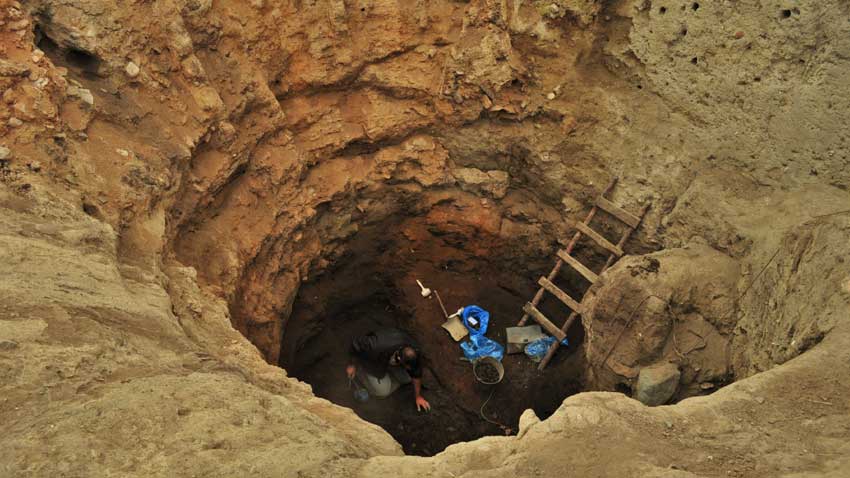
A vivid testimonial to the existence of this mysterious civilization is the gold from the Chalcolithic Necropolis of Varna (from 4,400-4,100 BC), also known as the oldest processed gold in the world. Today the exquisite adornments have been on show at some of the most popular museums in the world, spreading the fame of Bulgaria worldwide. The prehistoric settlement near the town of Provadia (Southeastern Bulgaria) dates back to the same period. It was unearthed near an ancient Black Sea salt pan. Its residents prospered due to the salt which was once the basic monetary unit. Another ancient place is the so-called Lake Town situated on the island near the coastal village of Durankulak where the remains of the oldest stone architecture in Europe were found. It is at least 7,000 years old.
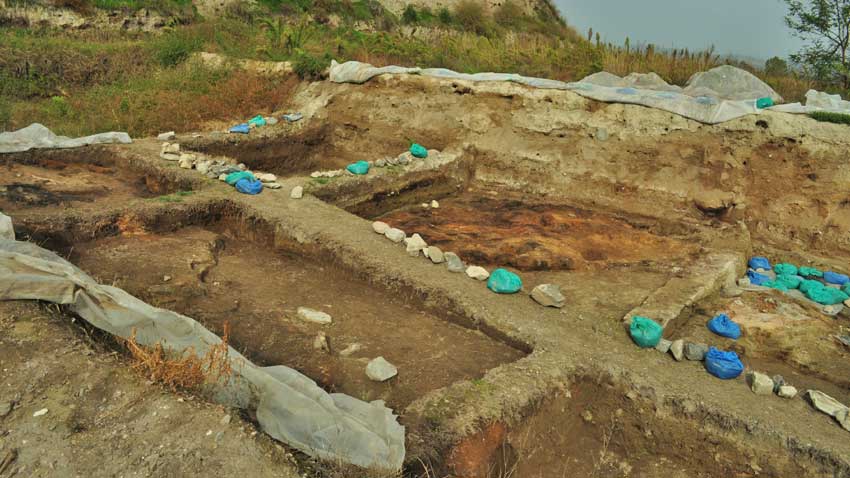
The village mound near the city of Pazardjik (southern Bulgaria) named “Yunatsite” (the Heroes) also dates back to that period. Archeologists have been researching this region for years, and have found numerous traces of the Chalcolithic period. The team of Associate Professor Yavor Boyadzhiev is currently unearthing a four meter thick fortress wall, which once encircled streets, residential buildings, etc. “We suppose that this to be the oldest town in Europe”, Associate Professor Boyadzhiev explains, adding that the earliest finds from the mound date back to the 5th millennium BC. The town covered an area of 12-15 hectares. It is interesting to note that settlements of similar size emerged in the lands between the Euphrates and Tigris rivers some 1,500 years later. “According to researchers who have worked in Mesopotamia, settlements whose area totals over 0.7-0.8 hectares are regarded as towns”, Associate Professor Boyadzhiev says and adds:
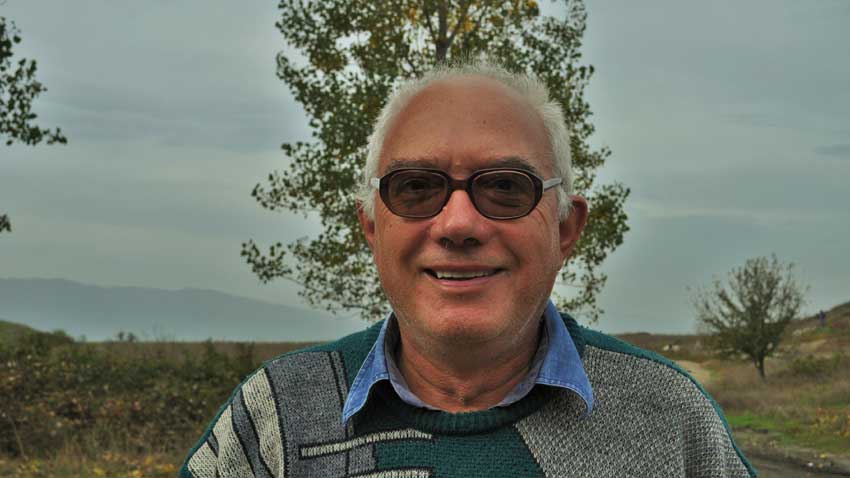 “Judging even by Mesopotamian standards, what we have here is an ancient town. We discovered a big settlement with a citadel at its highest point, the principle on which any ancient town was constructed - the existence of a fortified area inside the town which had to protect its population in the event of an emergency. The town elite and all craftsmen used to live there. At “Yunatsite” ancient complex we found evidence of a very advanced culture which existed ages before the emerging of the oldest towns we know about. This is an incredible historical monument where life continued from the 5th millennium BC until the Medieval Period, i.e. covering 6 whole millennia!”
“Judging even by Mesopotamian standards, what we have here is an ancient town. We discovered a big settlement with a citadel at its highest point, the principle on which any ancient town was constructed - the existence of a fortified area inside the town which had to protect its population in the event of an emergency. The town elite and all craftsmen used to live there. At “Yunatsite” ancient complex we found evidence of a very advanced culture which existed ages before the emerging of the oldest towns we know about. This is an incredible historical monument where life continued from the 5th millennium BC until the Medieval Period, i.e. covering 6 whole millennia!”
What did this ancient town look like? Archeologists suppose that its inhabitants were mainly living on fishing in Topolnitsa River nearby. They lived in cozy houses made of wooden fencing plastered up with clay, rather than in huts. Their homes covered an area of 80-120 square meters. There were two-story buildings, too. “These houses did not differ much from the ones built in Bulgarian villages 70-80 years ago,” Associate Professor Boyadzhiev explains. The ceramic pieces found here, including dozens of fantastic figurines of birds, were displayed at the Museum of History in the town of Pazardzjik.
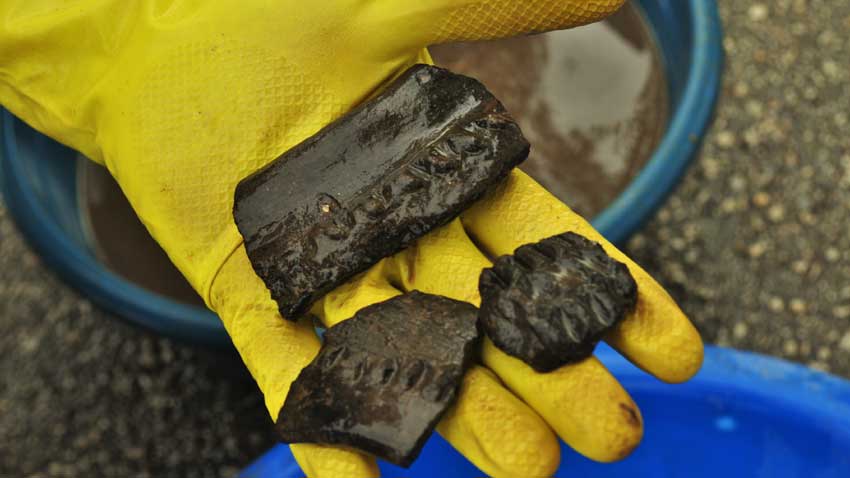
So far the archeologists have unearthed two streets only. The central part of the ancient citadel is yet to be explored. “We came across signs on some of the pottery found here, which makes us believe that they were part of an ancient script”, Associate Professor Boyadzhiev claims. In fact such evidence of ancient script was found in the Balkan Mountain Range near Vratsa (northwestern Bulgaria).
“We are talking about the Stone-Copper Age here when the Balkans were at the peak of ancient civilization”, Associate Professor Boyadzhiev further explains. “There are many village mounds in Bulgaria and many of them could prove to be similar to the “Yunatsite” Mound. But the most compelling evidence of this civilization comes from the Chalcolithic Necropolis of Varna. However, I think we might soon be talking about some kind of ancient proto state, which was perhaps the oldest country in the world. I am talking about the whole culture which locked between the Carpathian Mountains and the Aegean Sea. We collected a lot of evidence which leads us to believe that these ancient people were very well-organized, which presupposes centralized administration.”
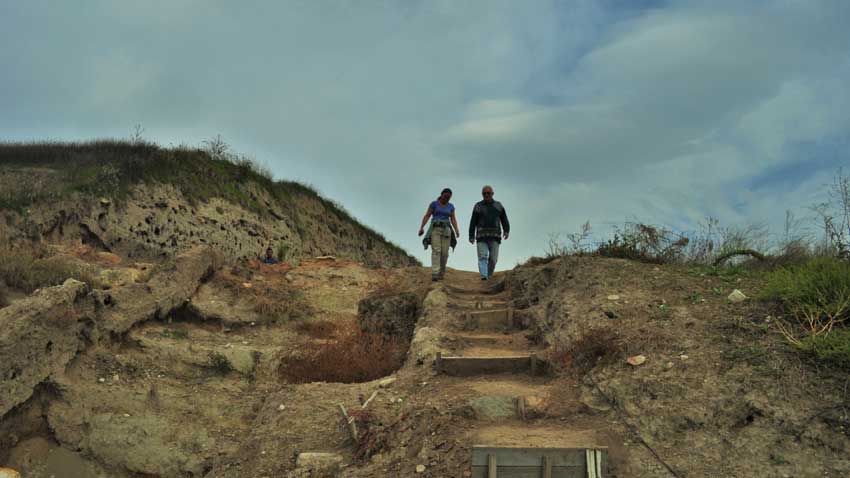
In the beginning of the 4th Millennium BC these lands were invaded by wild steppe tribes who literally destroyed this little known culture. Charred human skeletons amidst the ruins of their homes and remains of the weapons that killed these people confirm this regrettable thesis. The enemy invasion caused the extinction of the settlement of “Yunatsite”, as well as of the entire flourishing Chalcolithic civilization, which inhabited these lands. Later during the Bronze Age life re-emerged in these lands, but the level of cultural development was far below it. The only things left from the once brilliant and prosperous Chalcolithic people is but a gold treasure, ceramic fragments and . . . legends.
English version: Kostadin Atanasov
Photos: Veneta NikolovaThe Days of Croatian Archaeological Heritage, which will last until 8 November, begin today at the National Archaeological Institute with Museum at the Bulgarian Academy of Sciences (NAIM-BAS) in Sofia. The event is organised by the Croatian Embassy in..
Today, 6 November, marks 104 years since the annexation of the Western Outlands in 1920. Traditionally Bulgarian territories in south-eastern Serbia and northern Macedonia were ceded to the Kingdom of Serbs, Croats and Slovenes in 1920 as a result of..
Volunteers joined the efforts to clean and restore the monastery St. Spas near Bakadzhik peak. The campaign is being organized on 2 November by Stoimen Petrov, mayor of the nearby village of Chargan, the Bulgarian news agency BTA reports. The..

+359 2 9336 661
